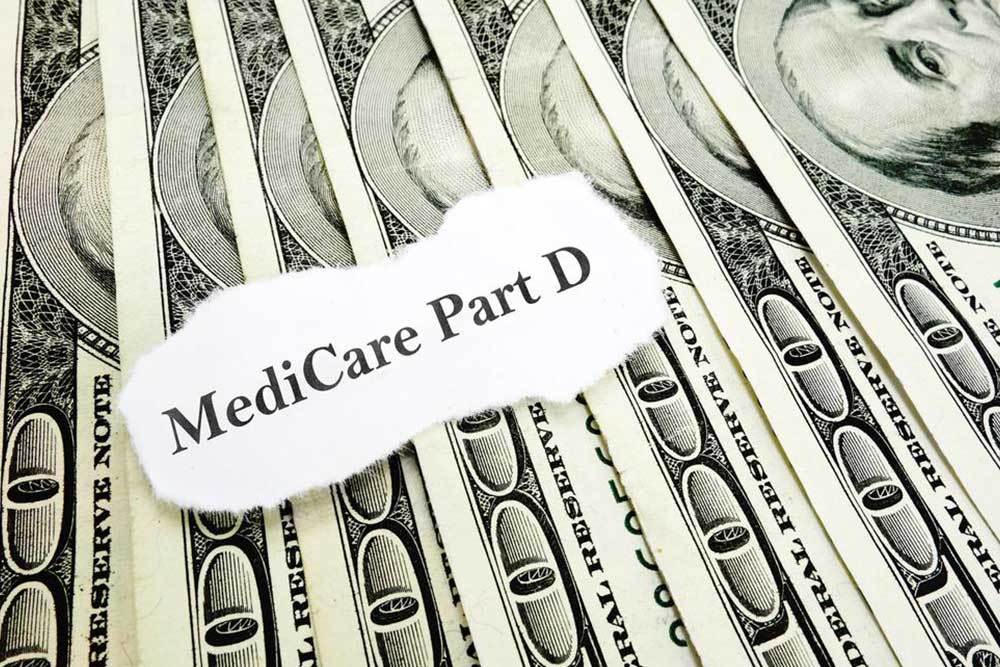A Comprehensive Guide to Medicare Part D and Free Glucose Monitoring Devices for Diabetic Patients
This comprehensive guide explores Medicare Part D coverage, including how to choose the best plan and access to free glucose monitoring devices for diabetics. Learn about premiums, deductibles, drug tiers, and coverage for medical supplies essential for managing diabetes. Stay informed to optimize your Medicare benefits and ensure comprehensive healthcare support tailored to your needs.

Everything You Need to Know About Medicare Part D and Free Glucose Monitoring Devices
Medicare, the federal health insurance program primarily serving Americans aged 65 and older, offers various parts to cover different healthcare needs. Among these, Medicare Part D plays a crucial role in providing prescription drug coverage, especially for individuals managing chronic conditions such as diabetes. This supplemental coverage helps bridge the gap left by Medicare Parts A and B, ensuring beneficiaries have access to essential medications that might otherwise be costly or inaccessible. Understanding the intricacies of Medicare Part D, including how it works with other parts and how to select the best plan, is vital for maximizing benefits and minimizing out-of-pocket expenses.
Medicare Part D plans are offered by private insurance companies approved by Medicare. These plans vary significantly across regions and providers, with factors such as premiums, deductibles, drug formulary coverage, and pharmacy networks influencing which plans are most suitable for individual needs. When considering enrollment, recipients should evaluate several aspects: their residence, age, current medications, preferred pharmacies, and whether they qualify for assistance programs. Local availability of insurance providers is also critical, as coverage options might differ based on geographic location.
One of the crucial elements of choosing a Medicare Part D plan involves reviewing the star ratings published annually by Medicare. These ratings assess plan performance based on customer service, drug coverage, patient satisfaction, and complaint rates. Since ratings fluctuate yearly, beneficiaries should revisit their plans annually to ensure they continue to offer optimal coverage. In addition, comparing premiums—monthly costs associated with each plan—against the benefits provided can help beneficiaries make informed choices. Higher premiums might come with broader drug coverage or lower copayments, while lower premium plans may have more restricted drug lists or higher cost-sharing for certain medications.
Another crucial aspect to consider when selecting a plan is the deductible, which is the initial amount a beneficiary pays out-of-pocket before the plan begins to share costs. Some plans offer zero deductible options, while others may have higher deductibles but lower premiums. Carefully assessing your prescription needs and financial situation is key to selecting the most cost-effective plan. It’s essential to list all current medications, as coverage tiers for drugs differ: generic drugs are often in lower tiers with lower copayments, whereas specialty medications may be in higher tiers with significant out-of-pocket costs.
While Medicare Part D primarily covers prescription drugs, it generally does not include coverage for durable medical supplies like glucose meters, blood glucose test strips, insulin pumps, or therapeutic footwear. These necessary diabetes management tools are typically covered under Medicare Part B instead of Part D. Medicaid and Medicare criteria determine coverage eligibility for related supplies, which can vary based on individual plans and states. Beneficiaries should verify coverage details with their healthcare providers and suppliers before making any purchase. Confirming whether medical suppliers accept Medicare helps prevent unexpected expenses and ensures access to quality equipment.
For diabetic patients, managing blood sugar levels is critical, and having access to reliable glucose monitoring devices is a significant part of comprehensive care. While Medicare Part D may not cover medical supplies, many plans and programs offer assistance for glucose meters, test strips, and insulin delivery devices through Medicare Part B or supplemental programs. Beneficiaries are encouraged to review available benefits annually and consult with their healthcare providers to choose the best options for their needs.
In summary, understanding the nuances of Medicare Part D can profoundly impact a beneficiary’s ability to access affordable medications. Selecting the right plan involves evaluating premiums, deductibles, drug tiers, star ratings, and provider networks. Simultaneously, managing diabetes effectively requires access to essential supplies, often covered under Medicare Part B. Staying informed and proactive ensures optimal healthcare coverage and improved quality of life for individuals managing chronic conditions like diabetes. Regular reviews of Medicare benefits and working closely with healthcare professionals can lead to significant savings and better health outcomes over time.





